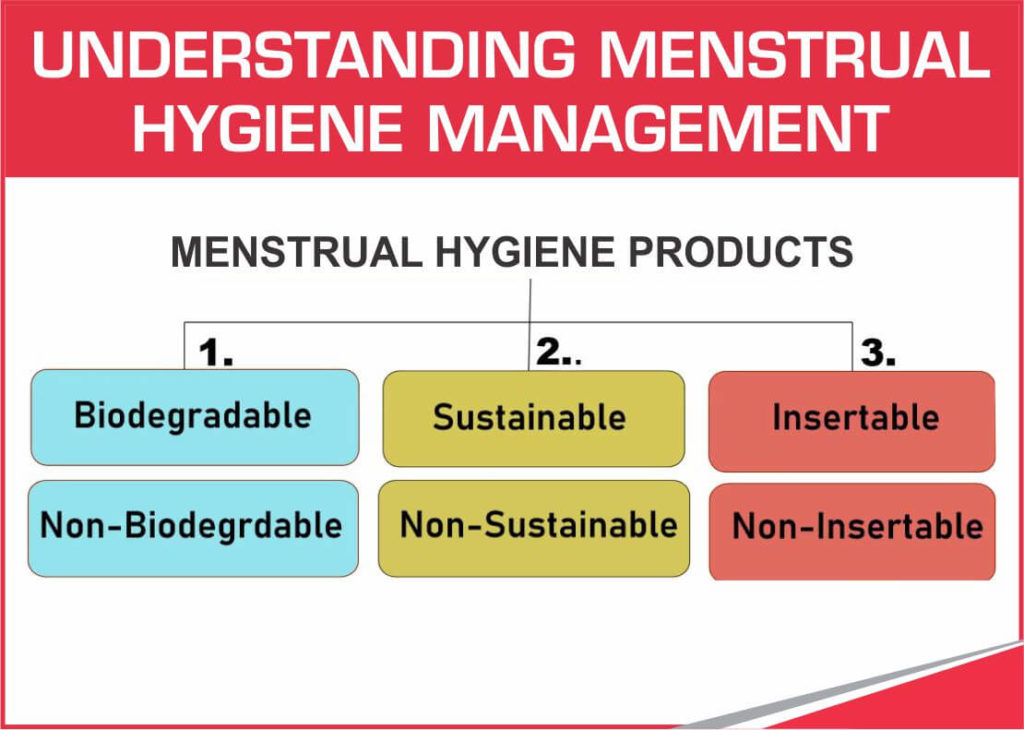Table of Contents
Toggle
Menstruation – The Social Stigma
Menstruation is an inevitable part of life for most girls and women, yet the mindset, customs and institutional biases prevent women from discussing menstruation or menstrual hygiene.
Girls and women hesitate to say menstruation or periods and use different names. The word or its discussion is usually done in private or often avoided. Therefore, spreading awareness about menstruation and menstrual hygiene continues to be one of the most challenging issues.
Tech Mahindra Foundation took the initiative to spread awareness through a webinar on Menstrual Hygiene to disseminate information about menstruation and menstrual hygiene products amongst young girls. Menstrual hygiene practices impact overall women’s health and reproductive health. I was delighted to share my knowledge about the topic with the budding allied healthcare professionals of Tech Mahindra SMART Healthcare Academies. This blog is based on the same webinar to provide insights and highlight the key points on menstrual hygiene for both male and female paramedics so that they can inculcate their learning in self-hygiene, patient care practices and helping further to spread these practices to a larger extent.
What is it and Why does it happen?
The menstrual cycle is a natural process for all girls and women, and it begins from the age of 12-13. During menses, some blood comes out of the vagina. People usually call the blood discharged during periods as dirty blood, and the taboo associated with menstruation comes from the word ‘dirty blood’. However, there are no impurities, germs, bacteria or waste products in the blood.
The next question comes is why does the menstrual cycle occur? As a girl attains the age of 12-13, her body undergoes hormonal changes, she becomes ready to bear a child, and her uterus becomes capable of keeping a child within it for nine months before giving birth. The hormones make a cushy lining in the uterus every month to keep the baby. This lining in the uterus is made every month irrespective of whether the ovum is fertilised or not. Similarly, a few eggs mature in the ovaries every month, and one egg is released into the uterus every month. If a sperm is also present in a uterus and when both sperm and egg meet each other, it may result in a pregnancy. But if this doesn’t happen, the uterus sheds the lining, which becomes period blood.
The uterus lining comprises hormones, tissues, water and mucus. When the body realises the baby is not coming, then the body sheds this lining and makes a new one. This cycle is repeated every month and is called the menstrual cycle.
Categorisation of Menstrual Hygiene Products
There are various menstrual hygiene products such as clothes, reusable cloth pads, tampons, menstrual cups, and period panties to prevent leakage and spoiling. During the webinar, we looked at the categorisation of these products.
| Category | Definition and Examples |
| Biodegradable Products | These break down quickly and decompose naturally.
Examples –
|
| Non-Biodegradable Products | These are synthetic products that do not decompose naturally and causes pollution.
Examples –
|
| Sustainable Products | These are eco-friendly products that do not harm the environment and can be reused.
Examples –
|
| Non-Sustainable Products | These are harmful and cannot be reused.
Examples –
|
| Insertable Products | These need to be inserted into the vaginal canal.
Examples-
|
| Non-Insertable Products | These are not inserted into the vagina and are used externally.
Examples-
|
Let me further help you understand each of these products and learn about its pros and cons.
1. Biodegradable Products:
| Products | Description | Pros | Cons |
| Cloth |
|
|
|
| Biodegradable Sanitary Pads |
|
|
|
| Reusable Cloth Pads |
|
|
|
2. Non-biodegradable Products
| Products | Description | Pros | Cons |
| Disposable Sanitary Pads |
|
|
|
| Tampons |
|
|
|
| Menstrual Cups |
|
|
|
Role of Men in Menstrual Hygiene Management
One of the primary reasons why menstrual hygiene is neglected is gender inequality. In our society, often men are the decision-makers, and women are financially dependent as well as emotionally dependent on men’s advice for their health issues and other problems. Therefore, it is important to make men aware of women’s need for safe and private spaces.
Making men and boys aware of menstruation, menstrual hygiene management, and menstrual products will enable them to support girls and women. Furthermore, educating men and boys will help in destigmatising menstruation and reducing environmental pollution.
Key takeaways are Menstrual Hygiene Practices
- Change the sanitary products every 5-7 hours as per the product specifications.
- Discard used sanitary products properly by wrapping them in a paper bag.
- Treat discarded sanitary products as biomedical waste
- Prefer biodegradable products and sustainable menstrual hygiene products.
- Wash private parts properly and frequently.
- Healthy diet including iron-rich food and Vitamin C source food recommended.
- Light exercise may help relieve symptoms.
- Psychological and social support
- Do not blindly follow myths associated with menstruation.
- Help the Society in “Normalizing the Normal.”

